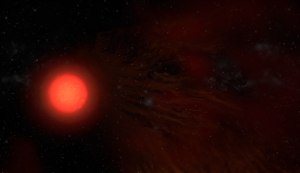Artist’s conception illustrating a disk of water-bearing gas orbiting the supermassive black hole at the core of a distant galaxy. By observing maser emission from such disks, astronomers can use geometry to measure the distance to the galaxies, a key requirement for calculating the Hubble Constant.
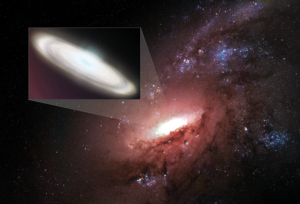
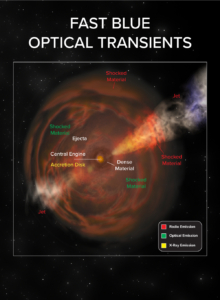
Fast Blue Optical Transients
Artist’s conception illustrates the phenomena that make up the new class of cosmic explosions called Fast Blue Optical Transients.
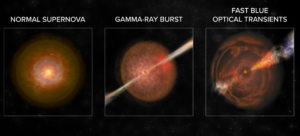
FBOTs, Gamma-Ray Bursts, and Supernovae
Artist’s conception illustrates the differences in phenomena resulting from an “ordinary” core-collapse supernova explosion, an explosion creating a gamma-ray burst, and one creating a Fast Blue Optical Transient. Details in text.
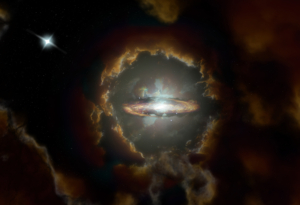
Wolfe Disk Artist Impression
Artist impression of the Wolfe Disk, a massive rotating disk galaxy in the early, dusty universe. The galaxy was initially discovered when ALMA examined the light from a more distant quasar (top left).
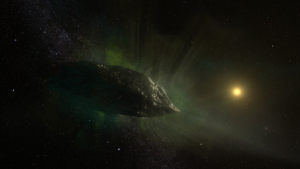
Interstellar Comet 2I/Borisov
Artist impression of the interstellar comet 2I/Borisov as it travels through our solar system. This mysterious visitor from the depths of space is the first conclusively identified comet from another star. The comet consists of a loose agglomeration of ices and dust particles, and is likely no more than 3,200 feet across, about the length of nine football fields. Gas is ejected out of the comet as it approaches the Sun and is heated up.






